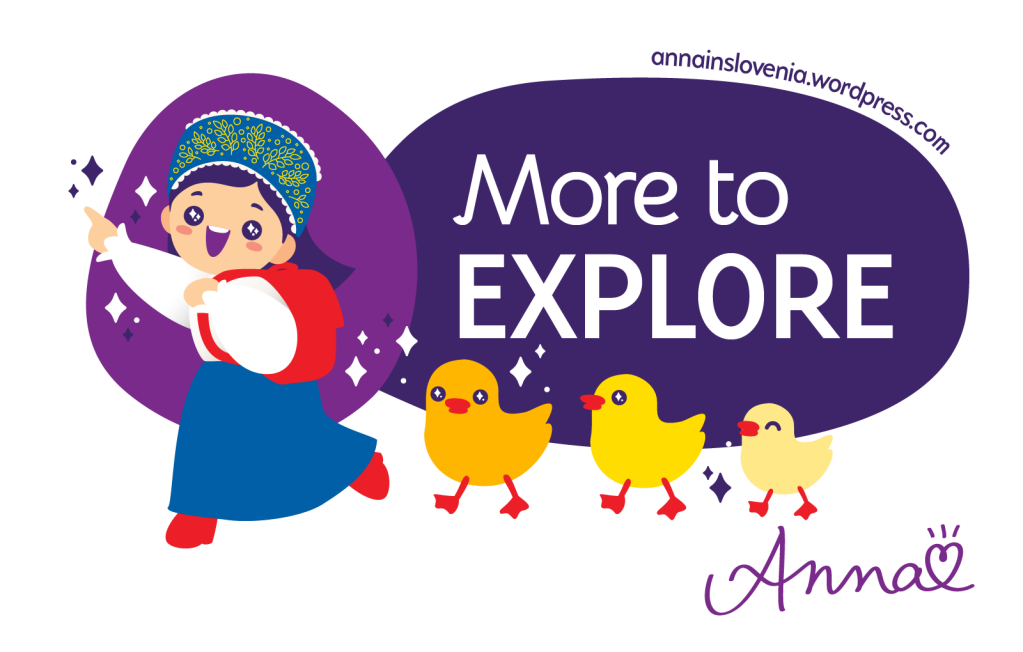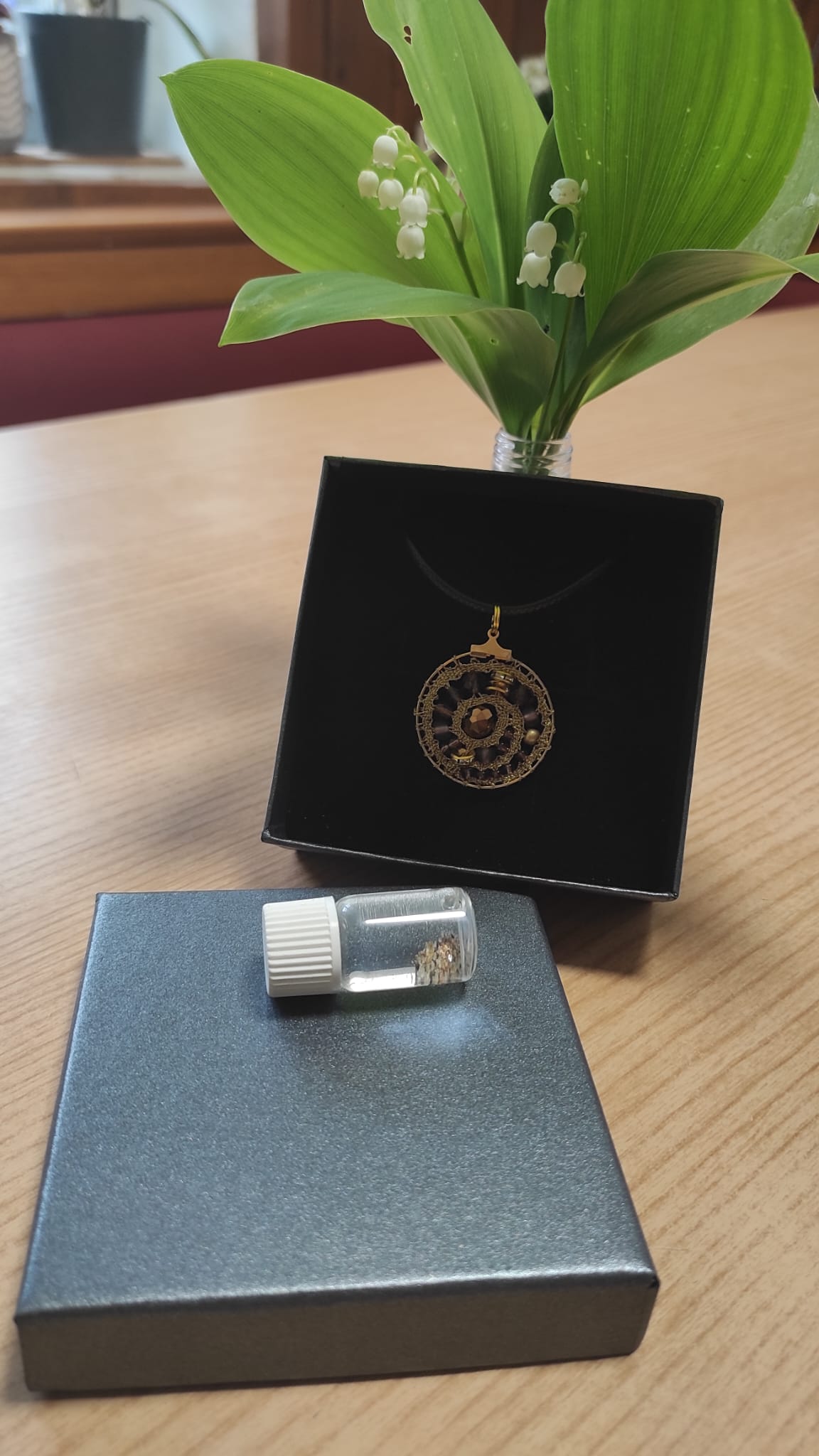A nice activity (or holidays) for people of all ages is to visit one of Slovenia’s natural thermal spas and health resorts – terme or toplice. The warm water coming from hot springs is rich in minerals, which has a positive effects on the mind and body.
Some terme are known for their “special water”.
- Rogaška Slatina is known for the magnesium in the water, which help and prevent many diseases.
- Radenci is known for its bubbling water (CO2), which strengthens the immune system and help with regeneration.
- Terme 3000 has unfiltered black thermal water, which is one of the warmest water and it’s good for the skin and helps with pain.
- Lendava has paraffin thermal water, which is like an elixir of youth.
Obviously, all the terme welcome guests of all ages, but I think that some are more family friendly than others. Currently, as a mother of three kids, under the age of 8, I think that my favorite spot is Terme Čatež. We went there three times already.
Private apartment house
The first time, we rent a private apartment house. It was during summer, so walking to the pools was not an issue. And we only had two kids at that time, so any “normal” accommodation would do. The apartment house had all the utilities that we needed. But we had to cook for ourselves (it is cheaper, but still a little hassle for me). We had access to the pools, twice per day, which is plenty.
Hotel Čatež
The second time, we booked two double rooms (because my parents came to visit). There was a “special promotion”, 2 children can stay for free (with one extra bed). Which was perfect, so one kid stayed with my parents, and two stayed with us (the baby was sharing our bed). And we choose with polpenzion (half-board), which means that breakfast and dinner was included. YAY, no need to cook 😎
Hotel Toplice
The third time – which is my “extended May holidays” this year, and my parents also came visit (YAY 🥰). We booked one double room and one suite. The suite could accommodate three extra beds – that’s a winner for me because it can fit 5 people. We choose the same “special promotion” as last time, so we didn’t have to worry about meals!
Summer and Winter Thermal Riviera
Here’s a some reasons why Terme Čatež is my currently favorite.
- The Winter Thermal Riviera is connected to the Hotel Čatež and Hotel Toplice – that means that we don’t need to walk outside to swim.
- Both Riviera has enough age-appropriated pools and waterslides that would entertain my kids for the whole day.
- Although we constantly supervise all children, there are a many lifeguards – so that’s a plus.
| On a side note, I booked myself a Thai massage and my therapist, Nok, was so strong… During the treatment, my only thought was that I was actually paying for all the suffering… 😂 I have to say that I felt “broken” for a few hours, but the benefits were still worth it. |
We’ve also been to Terme Olimia, which is further, but very nice. Lots of “side” activities to do. Good for romantic couple, as well as family. We went during autumn, so we didn’t see the outside pools complex. And more details in another post (not sure when though) 🤣
Slovenia might be a small country, but there are many beautiful places to visit and a lot of interesting activities to do. What do you like best about Slovenia? Have you ever been to any terme, which one is your favorite and why? Do share your experience with me!










